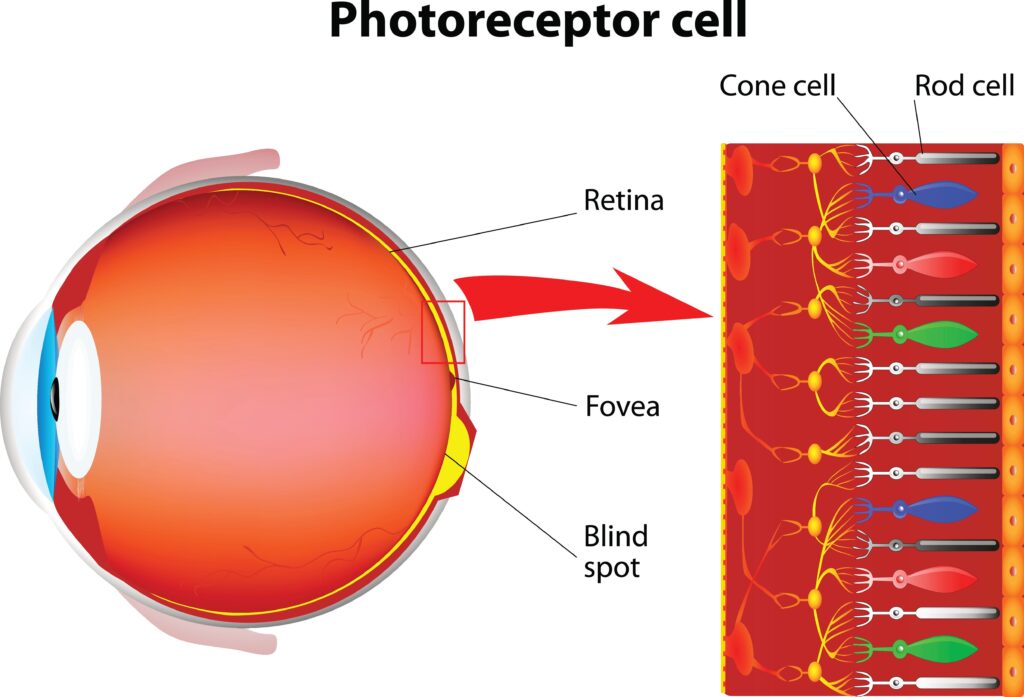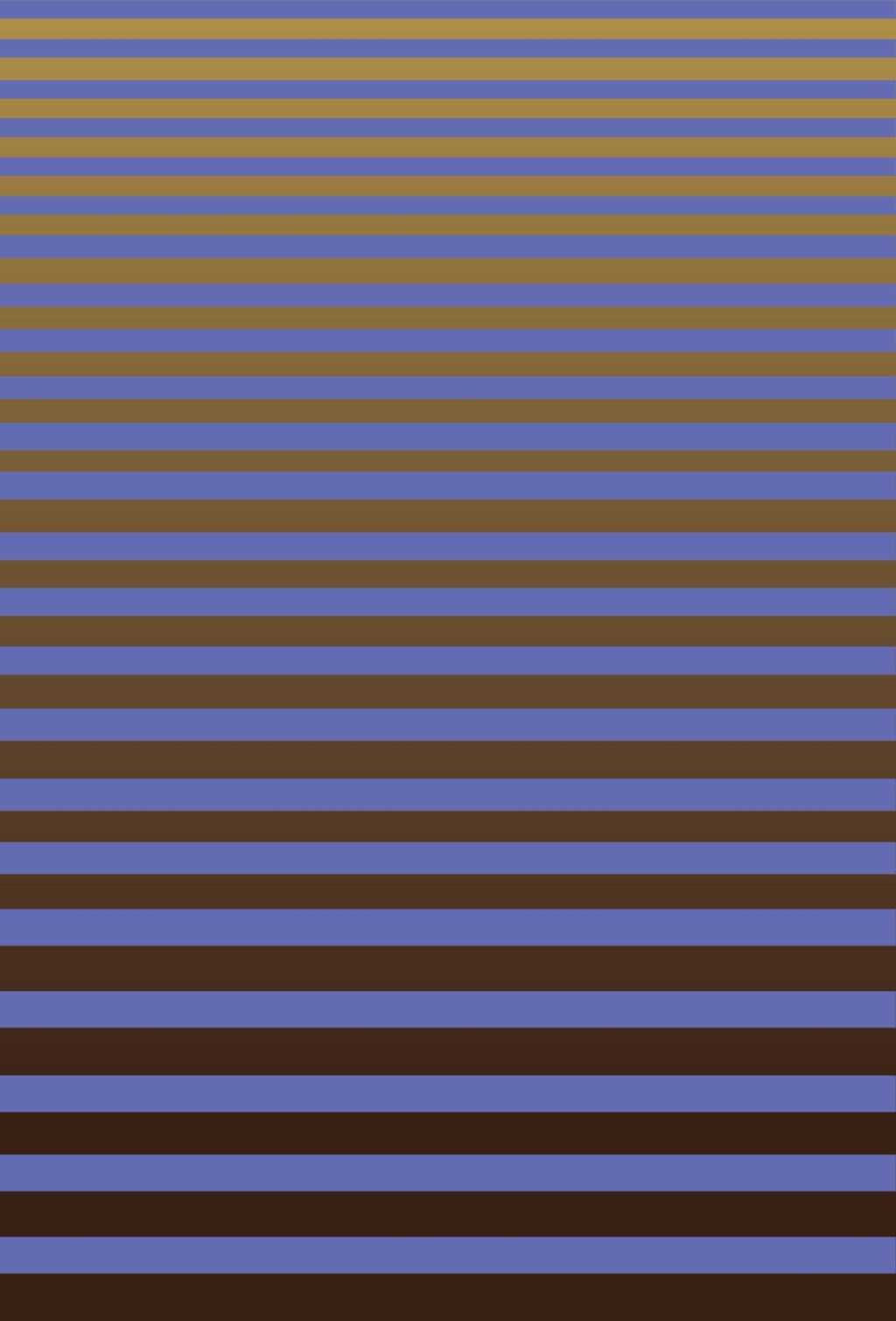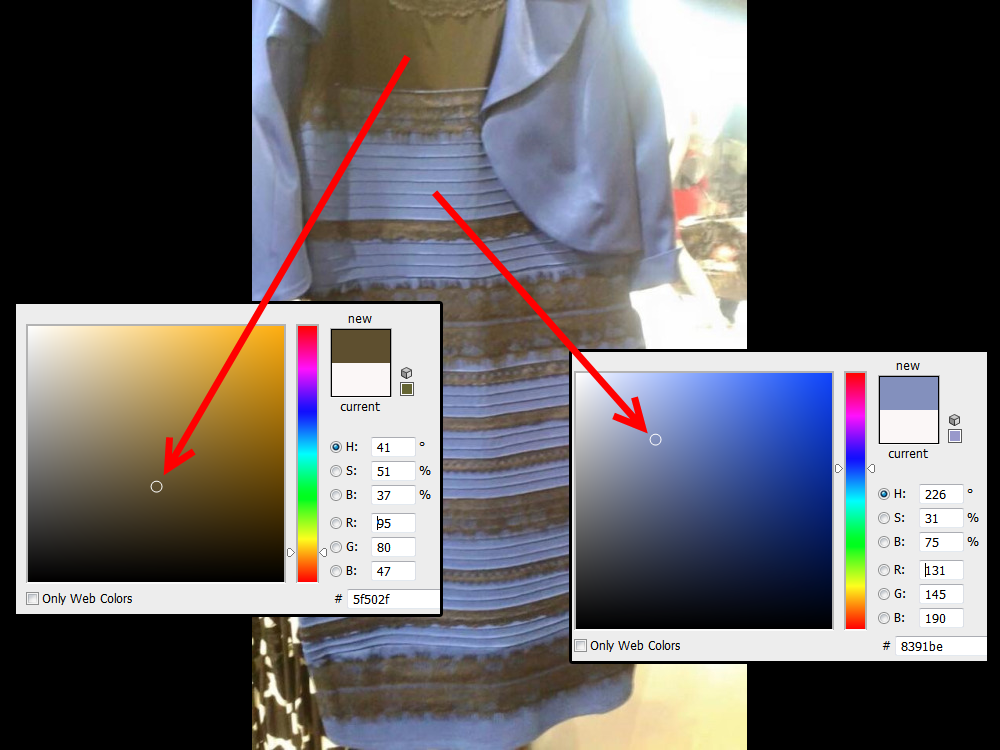- Depending on whom you ask, this dress might be black and blue or white and gold.
- The illusion captured the attention of the entire internet in February 2015.
- The photo raised scientific questions about why people were seeing the dress differently.
This story has been updated. It was originally published on February 26, 2016.
Exactly eight years ago, the internet had a conniption over this image. Some people saw a blue and black dress, while others saw a white and gold dress.
The debate, which started after a photo of the dress was posted on Tumblr, raised some obvious scientific questions about why people were seeing the dress differently.
Experts have a few answers. The illusion is all related to the way our eyes and brains work.
How the eye works
A layer of tissue at the back of the eye, called a retina, contains cells called photoreceptors.
The photoreceptors convert light rays into nerve signals, which are then processed by nerve cells in the inner retina, sent to the brain, and translated as images.
The two types of photoreceptor cells are known as rods and cones. Rods are responsible for peripheral and night vision. They detect brightness and shades of gray. Cones are responsible for day vision and color perception.

Humans have a low concentration of rod receptors and a high concentration of cone receptors, which is why we can't see as well at night but can detect colors better, than say, cats.
We have three types of cones, each tuned to pick up green, red, or blue wavelengths of light. When light hits our eyes, the receptors turn these colors into electrical signals that are sent to the brain. Our brains determine the color that we see by blending the signals that each receptor senses — like how a TV screen made of millions of different-colored pixels makes an image.
How the brain interprets the dress illusion
In person, the dress is clearly blue and black. The lighting of the image, which has a bluish tint, appears to be what is throwing people's brains off. It makes the blue part look white and the black part look gold.
Cedar Riener, professor of psychology at Randolph-Macon College, explained to BuzzFeed News that the differences in color perception are probably related to how our brains are interpreting the "quantity of light that comes into our retina."
"Some people are deciding that there is a fair amount of illumination on a blue and black (or less reflective) dress," Riener told Virginia Hughes in 2016. "Other people are deciding that it is less illumination on a white/gold dress (it is in shadow, but more reflective)."
In other words, our individual sensitivity to the blue background lighting of the photo is changing how we see the object in the image.
"What's happening here is your visual system is looking at this thing, and you're trying to discount the chromatic bias of the daylight axis," Bevil Conway, a neuroscientist who is now a senior investigator at the National Eye Institute and the National Institute of Mental Health, told Wired at the time.
"People either discount the blue side, in which case they end up seeing white and gold, or discount the gold side, in which case they end up with blue and black," he added.
Andrew Stockman, a professor of investigative eye research at University College in London, tried to recreate the "dress effect" in the diagram below. The blue bars are the same at the top, bottom, and middle but appear to change color (look darker) as your eyes move down the figure.

His analysis of what is going on is below:
If you look at the bottom part of the figure, the overall appearance of the graded background (orange to brown to black bars) looks darker than when you look at the upper part of the figure.
When you look directly at any part of the figure you can resolve the colored (orange to brown-blue) bars better than bars further away from where you are looking (because your ability to see fine chromatic detail drops quickly away from the center of vision). The visual system "fills in" the color of the background (assumed to be behind the blue bars in this case) from where you are looking across the whole background. When you look directly at the upper part of the figure, you can resolve the colored bars as orange-blue so the visual system tends to fill in the background as more orange. When you look directly at the lower part of the figure it cannot resolve the orange-blue coloured bars at the top very well, but can resolve the brown/black blue bars at the bottom, so the darker brown/black color at the bottom tends to fill in.
